Bees are one of the earth’s most useful creatures. Why? Because they are essential for all environmental and agricultural processes.
Bees are called nature’s best pollinators. Even though the number of bees in the world is declining, gardeners are always making attempts to grow flowers that help the creatures.
Suppose you are looking for ways to plant a bee garden at home, hold on to us. We will cover everything you need to know in this article.
Why are Bees Good for Your Garden?
It is true that if bees did not exist, we might not have nearly as many flowers and plants as we have today. This is because bees are masters of pollination.
They depend on plants for nutrition. Bees collect nectar as it’s full of sugar and acts as an energy source, and is used to make a hive. They also collect pollen, which helps in hive making.
As bees collect pollen, they carry it from one place to another. They sit on various flowers. This phenomenon is called cross-pollination, which is essential for producing more seeds, which produces more flowers.
Do you notice the two benefits? More flowers and healthy bees. That is why a bee garden will help your flowers and plants flourish.
Not everyone likes bees, especially when you have been stung by one. Apart from pollen and pollination, there are some other benefits of having bees near you.
Honey
Honeybees are the only insects that produce food that can be consumed by humans, which is honey. Honey has a lot of health benefits.
It is a good source of antioxidants and helps lower blood pressure. It heals burns and wounds. Honey is also known to play a massive role in the cosmetics and skincare industry.
Bees also produce beeswax, an essential ingredient used to make candles, furniture, chewing gum, and lip balm.
If you’re interested in harvesting your own honey, you may need to try beekeeping. To start, there are a lot of ready-to-use beekeeping kits that you can buy.
Some Flowers and Plants You Can Grow in Your Bee Garden
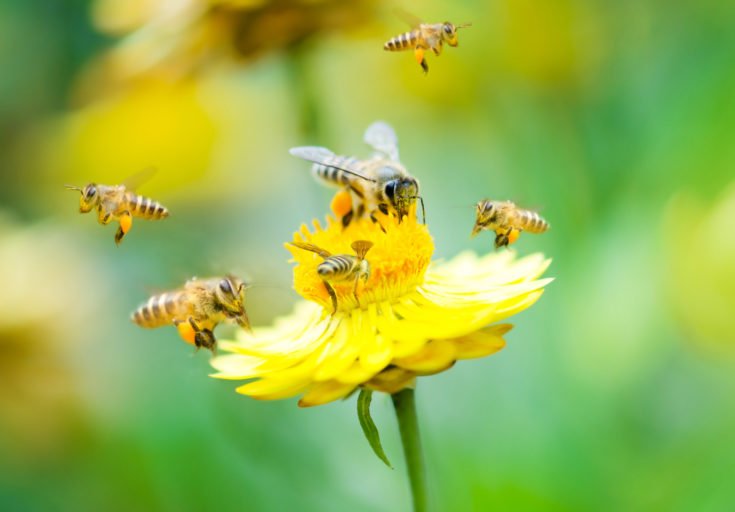
Almost all kinds of flowers are good for bees, but there are some specific ones that you can choose. As a rule, flowers that bees prefer to have large, single open blooms with tubular flowers so that they can get inside.
They are also attracted to bright-colored flowers, but purple is their favorite.
Always choose single and open flowers, and make sure the flowers bloom from late winter to autumn as different bees are active at different times of the year.
Have at least two nectar and pollen-rich plants during winters in your bee garden.
Here are some flowers you can grow in your bee garden:
Foxgloves
These are long and sleek multi-flowering plants that are loved by bees. Each flower is tubular shaped, which helps bees crawl inside.
Hellebores
Hellebores are winter flowering plants that provide early season nectar for bees. A winter garden is usually dry, so these flowers are a great addition as they are of vibrant colors and different patterns.
Lavender
This one is the most favorite one for bees. They are scented, and you will usually find bees buzzing around them in summers. There are white lavenders and purple lavenders.
Wallflowers
Wallflowers have a high nectar content and bloom for the whole year. These look beautiful in small gardens.
Hollyhocks
These robust perennials grow up to 2m tall and are loved by bees. They also produce more flower stems each year. Hollyhocks don’t just attract bees but humans too!
Mint
Mint can be grown quickly and is loved by bees. Growing water mint is also a good option if you have a pond. Mint can be used for cooking and making mocktails.
What is a Bee Garden?
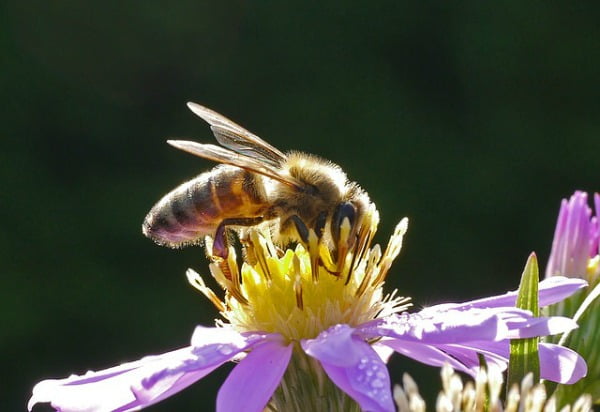
As the name suggests, a bee garden is a garden of bees. But what is unique about it? A bee garden has plants that are liked by bees, such as the plants mentioned above.
It would help if you created a habitat specifically for bees so that they can thrive. A bee garden attracts pollinators, and when they reproduce, the garden flourishes.
Gardeners select the trees, shrubs, plants, and flowers carefully so that bees get enough nectar and pollen. Some bee gardens also have a water source and a nesting place for bees.
Tips for Setting up a Bee Garden
A bee garden can be planted anywhere. Bees do not have any special requirements, but they prefer less windy spaces. Plant it anywhere you can; even the terrace would work perfectly fine. A hive of bees can cover multiple flowers, so a simple container garden with many flowers can be incredibly helpful.
Choose plants that flower the entire year. Perennial plants will give bees the chance to consume pollen and nectar regardless of the season. However, there are different kinds of bees. Solitary bees travel only in warm months. But having plants that flower the whole year is an added benefit.
Under any circumstance, do not use insecticides. If you use pesticides, you are more likely to kill the bees than pests. Gardens usually have pests but if you have bees introducing natural predators is a better idea. Ladybirds are good predators. Many garden centers sell containers of ladybirds for pest control.
The plants that you choose should be planted close to each other. If they are at a distance, bees would probably find it a bit difficult to roam around. Bees will spend too much energy flying around, which will decrease pollination.
Bee gardens that use a variety of plants tend to be more successful. Your bee garden should use at least ten varieties of plants. With more variety of plants come more variety of bees. Bees start visiting even less attractive plants when there is enough variety.
An ideal bee garden should have a water source like a small pond or puddle as bees require some water and nectar. Keeping the puddles in a muddy area is useful as bees tend to absorb minerals and salt from the soil as they drink water.
Check out what type of plants are preferred by bees and fill them in your garden. The right kind of plants will help bees stay healthy, and your garden will look flawless forever.
Always bunch plants together. This is advised because bees have weak vision, so they cannot spot single flowers. Flowers in a bunch are easy to spot, and bees can smoothly hop into one from another.
Gardeners are always taught to cut stems and dead plants as this keeps the plants healthy. But the case is a little bit different with bee gardens. There is a high chance that your pruning activities will destroy some shelters of bees. Please wait till the spring to cut off stems so that you don’t burn them after removal.
When you decide a place for your garden, choose a vertical area to plant climbing plants. You can consider planting hanging plants or vigorous plants if you have a vertical space.
Always allow weeds like dandelion and white clover to flower. Bees find gardens with weeds less attractive. Herbs are good for bees and your culinary projects, so they are an incredible option for your bee garden.
Do not manicure your garden much as solitary bees prefer making their nests in the ground. If you put too much mulch, you will disturb the sheltering process.

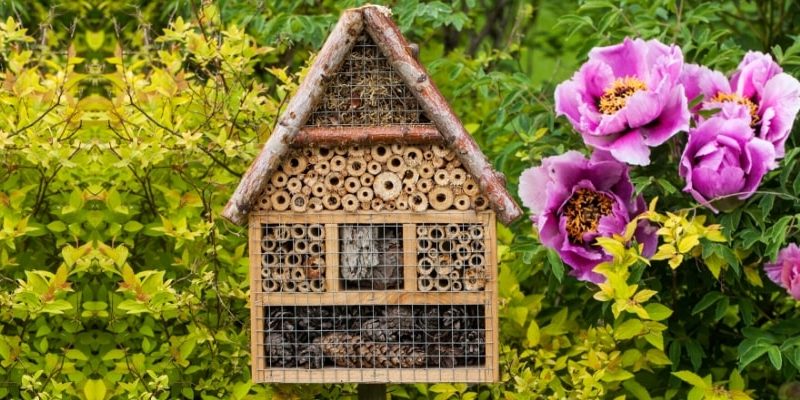
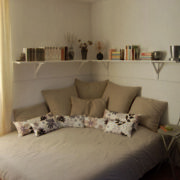

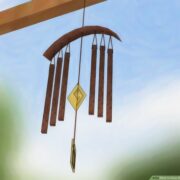


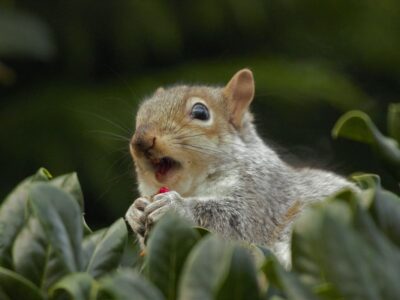
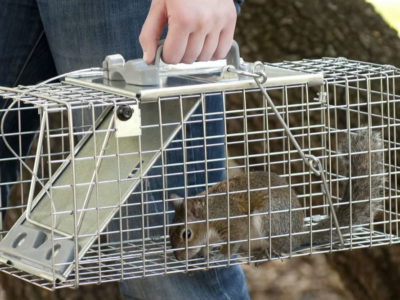

[…] they are part of nature, they have a purpose and contribution towards nature. Paper wasps are beneficial for our gardens. They are known as the cleaners of nature, as the adult wasps usually catch live or dead bugs to […]